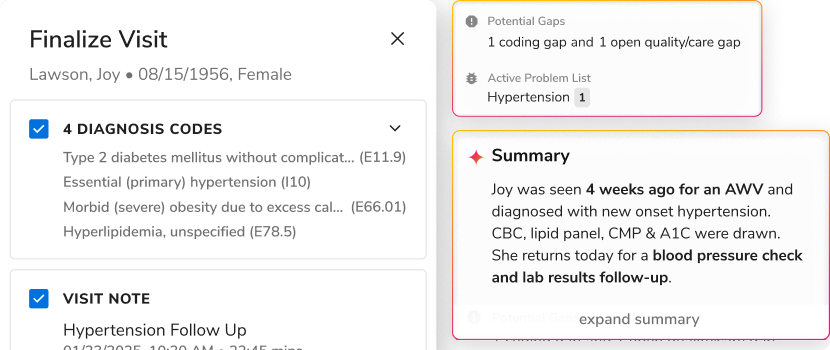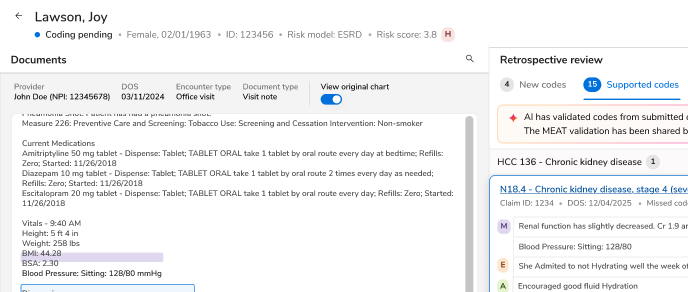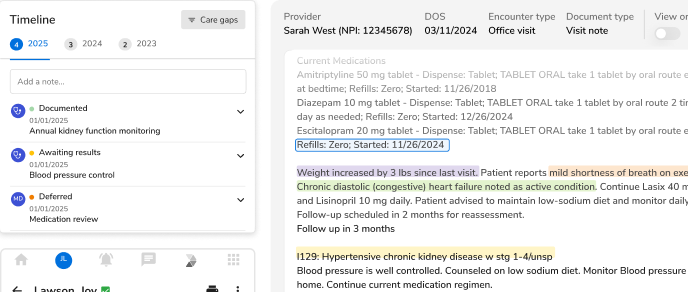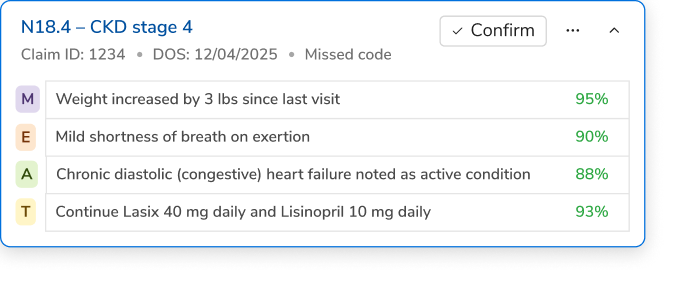The Future of Voice Recognition Technology in Healthcare

Imagine being able to speak naturally, dictating your conversation with a patient, and having those notes transcribed, accurately, and automatically integrated with your EHR system. That vision is becoming a reality.
Advances in voice recognition technology have the potential to transform healthcare delivery. As the technology develops and becomes more precise, it can be incorporated into electronic health record (EHR) systems giving physicians the ability to create a more comprehensive and accurate medical plan and create a uniform patient record.
The healthcare sector currently uses voice recognition technology for several applications. The most popular application is for transcription of medical documents and patient notes. Healthcare professionals can speak into a microphone and have their remarks dictated and transcribed into natural language text, saving them the trouble of manually typing reports
Voice recognition is also being used to facilitate the review and reference of crucial material from transcribed audio recordings of lectures, meetings, and consultations. It is also being used to expedite administrative work including appointment scheduling, reducing the administrative workload, and improving the effectiveness of healthcare organizations.
Evolution of Voice Recognition Technology
The documentation process can be laborious and time consuming for healthcare teams. Advancements in technology such as the advent of AI in healthcare have enabled healthcare organizations to improve efficiency and drive care outcomes. They can now accurately translate spoken language into medical documents and comprehend complicated medical language and terminologies.
The push for increased accuracy and efficiency in healthcare has fueled the development of medical scribes and voice recognition technology that enables medical staff to transcribe patient notes and medical records into written form from dictation. In addition to saving time and effort, it reduces the incidence of errors that can be made when entering data manually.
With the popularity of virtual assistants and smart devices, this technology has become more widely available and adopted. Patients can use it to make appointments, access medical records, and even get a remote diagnosis. With widespread use and acceptance of voice commands, healthcare could become more affordable and accessible.
Benefits of Voice Recognition Technology In Healthcare
Medical Voice recognition technology such as AI Scribes has many advantages. First, it eliminates the need for manual data entry, increasing production and efficiency. Healthcare providers can concentrate more on patient care rather than paperwork by dictating and transcribing their notes. This also saves time and minimizes errors that can occur during manual transcription.
Second, it improves the precision of medical recordkeeping. It is capable of transcribing technical medical terms accurately, guaranteeing that the data entered is reliable. This is especially significant in the medical field, as treatment and patient safety depend on it.
Third, it helps improve the workflow for nurses and medical professionals to update charts and records. By enabling medical personnel to spend more time with their patients, it enhances the quality of patient care. Patients, particularly those with mobility challenges or limited access to healthcare services, will find healthcare more convenient and accessible because of the elimination of in-person visits.
This technology can also be used for telehealth consultations in addition to documentation to record the patient's spoken comments and medical history. Through conversational interfaces, such as smart speakers and virtual assistants that comprehend natural language, patients at home can receive follow-up care and assistance in chronic care management.
Trends and Advancements in Voice Recognition Technology
Healthcare voice recognition technology has a bright future. As it evolves to become even more precise and effective, these systems will be able to comprehend and interpret complicated medical terminology more effectively through machine learning and natural language processing (NLP) algorithms, which will lead to more accurate transcriptions.
Furthermore, it will potentially integrate with other medical technologies, working in conjunction with electronic health records (EHRs) to automatically enter patient data, saving time and improving accuracy.
The application of voice recognition technology to telemedicine is another growing trend. It could be essential in transcribing audio and video recordings as remote healthcare consultations become more common, making it easier to comprehend patient data and records.
Ethical and Privacy Considerations
As with many healthcare technologies, the use of voice recognition technology in healthcare raises ethical and privacy issues. Sensitive patient information must be secure and protected. Speech recognition technologies must also adhere to privacy standards and have strong security mechanisms in place
In addition, it's critical to resolve any biases or inequities that voice recognition algorithms might introduce. To prevent bias perpetuation and provide fair opportunity for all patients, these systems must be trained on a variety of datasets.
The Path to Implementation
Voice recognition technology will continue to evolve and become more sophisticated, precise, and easier to use. As it is adopted, medical personnel will benefit from improved workflows enabling them to spend more time with patients and deliver better treatment. The use should be carefully implemented with consideration for training privacy and ethical issues. Voice recognition technology has a bright future in healthcare, and its potential influence should not be understated.

.png)





.png)









.svg)
.svg)

.svg)

